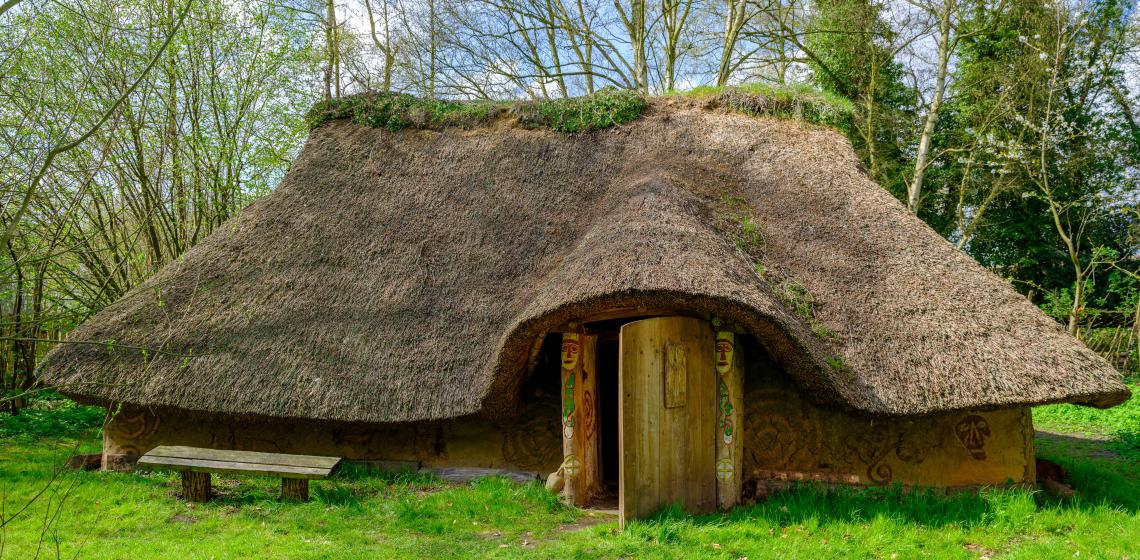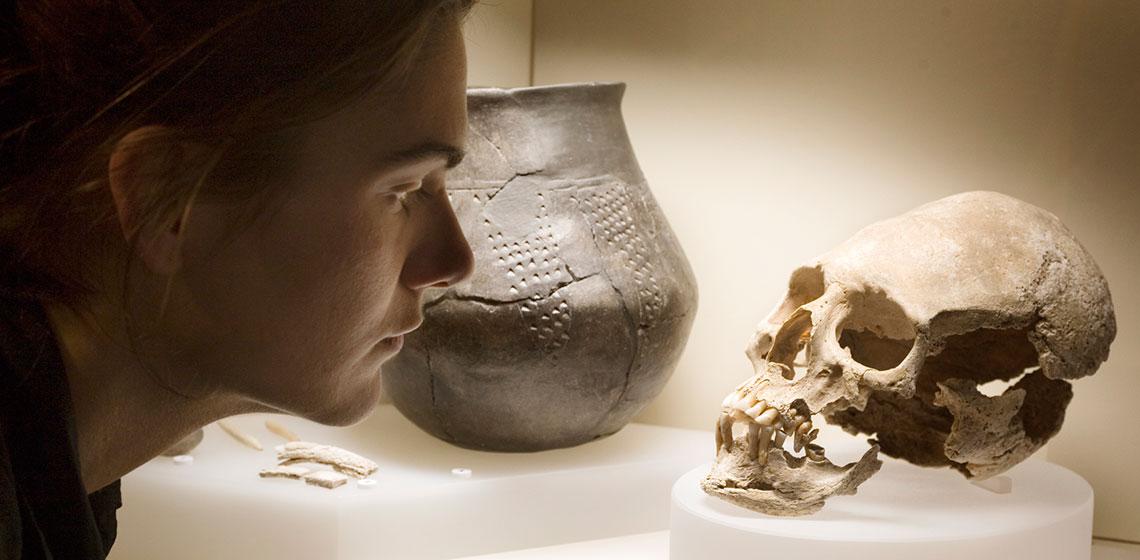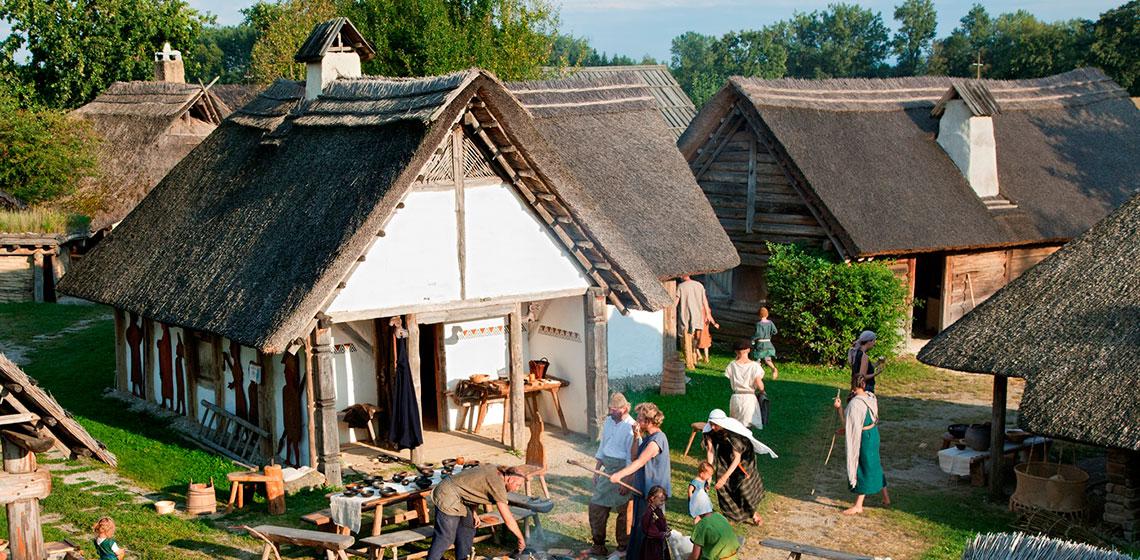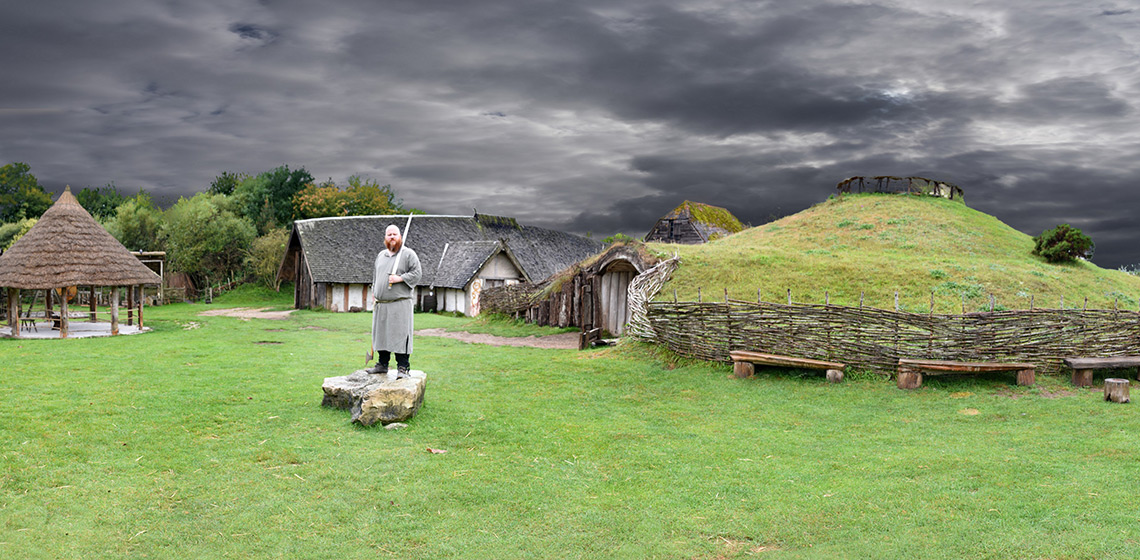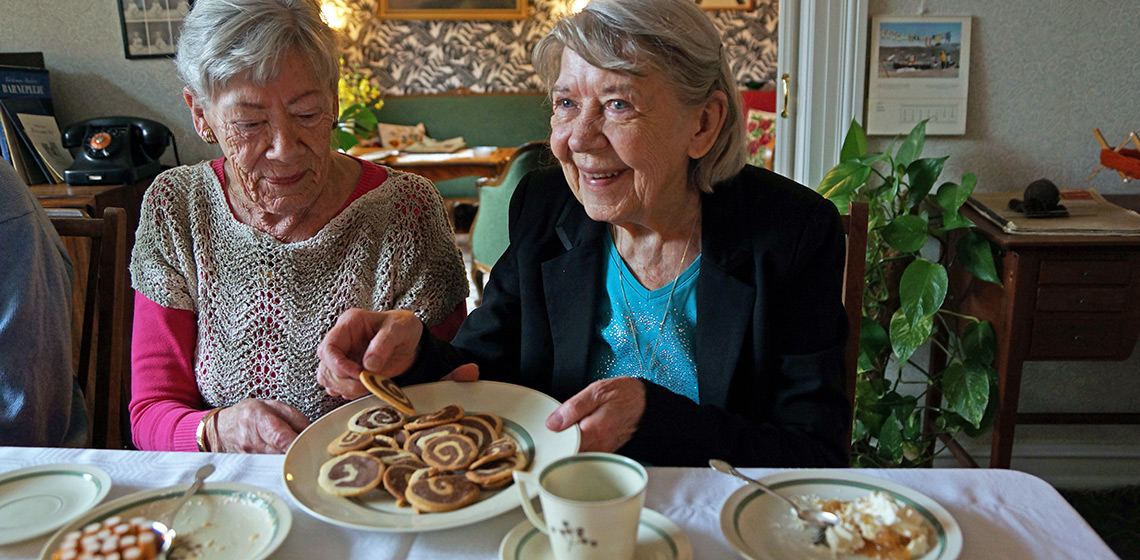Featured in the EXARC Journal
Archaeological Open-Air Museum
The Butser Ancient Farm Horton Neolithic Building – Its Construction and Significance to the Interpretation of Buildings of Early Neolithic Britain and Ireland
“I’m really sorry my wife is not here today. She thinks I’m off my head.” How Open-air Museums can Create Programmes for People Affected by Dementia - Examples from Den Gamle By (DK)
Introduction
In 2012, Den Gamle By opened the ‘House of Memory’, accomodation specially furnished for sessions with people affected by dementia. It is a three-room apartment with accessibility for wheelchair users, a functional toilet and kitchen, two living rooms, a hallway and a bedroom. As collaborating partners, memory researchers from Aarhus University and the Department of Health and Care at Aarhus Municipality assisted with their knowledge.




